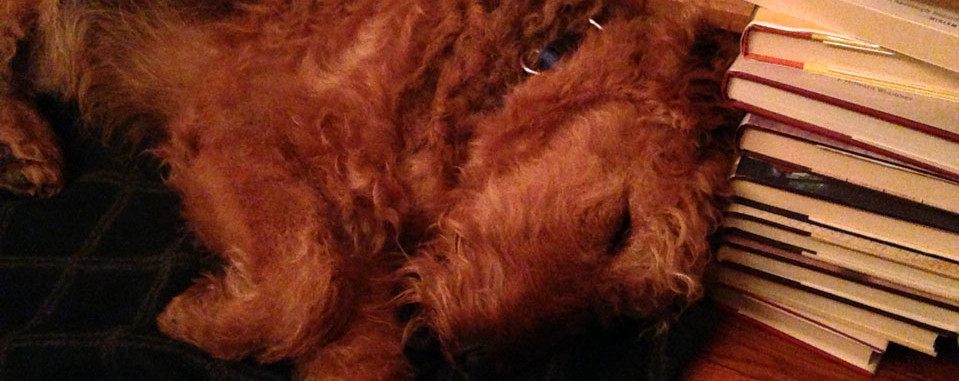
Writer Susan Swan recently mused on Twitter, “Thinking about the need to show the dark side of fictional characters and how I always want to protect them and show their best side. Wrong.” (1) Did Angie Abdou muse similarly as she lived for some time (the novel first took form as her PhD thesis) with the colourful cast of characters populating her latest novel, The Canterbury Trail? It would seem so, and it would seem she made the right choices in terms of protecting or not protecting them, and showing both their sunny and dark aspects.
Abdou’s greatest gifts as a writer are sheer storytelling prowess, assembling persons, places and things in potent and compelling combinations. She melds that appreciable skill with a fearlessness about presenting her characters with all their warts, making them patently unlikable in some cases, and still managing to endear them to the reader by the end of their adventures. She does this in surprising ways in both recent Canada Reads contender The Bone Cage and The Canterbury Trail.
The range of disparate characters in The Canterbury Trail – stoner ski and snowboarding bums, working class snowmobilers, lesbian hippies with spiritual pretensions, an overly striving real estate developer and his pregnant wife, an urbanite freelance lifestyles reporter, all thrown together in a mountain ski cabin under increasingly treacherous social and meteorological conditions – seems stretched and thinned out to predictable caricatures at the outset. The pleasant surprise is that most of that ambitious cast gain some depth or unique traits before a key character hovering in the background throughout – Mother Nature – takes charge in the end. That’s testament, by the way, to the virtues of sticking with a book to the very end. The Canterbury Trail‘s payoff in that regard is immense.What we learn from bringing a cross-section of society into pressure cooker close quarters was also the premise, at least in part, of the classic work from which The Canterbury Trail takes everything from its title, to character names, physical traits and profiles. Abdou commented recently on how Geoffrey Chaucer’s Middle English stories The Canterbury Tales, written at the end of the 14th century, so informed her novel:
“That’s the contemporary pilgrimage where I am: that trek through the backcountry,” says Abdou. “And, in a way, Chaucer used the pilgrimage to bring together people who would normally never spend time together in medieval society – the fighters, and the Priors, the workers – and so then he had a little segment from everyone in society where he was able to satirize them. So that’s the part that’s Chaucer: I get the rednecks and the hippies and the young ski bums and the developer guy. They’re all together, and they wouldn’t normally interact.”(2)
While Chaucer’s work clearly laid a strong foundation for the writer, it’s less of a prerequisite for the reader’s enjoyment and edification. Sure, it might give you a chuckle if you know that Alison, the rather lascivious freelance journalist, is gap-toothed. You don’t need a grounding in Chaucer, though, to appreciate the cultural clashes, connections and revelations between the skiing “pilgrims” of The Canterbury Trail, or to relish the authentic suspense Abdou builds through a gradual but genuine investment in the wellbeing of the various characters.
1. @swanscribe, February 23, 2011
2. Pilgrim’s Progress: Angie Abdou talks about The Canterbury Trail
by Mark Medley
National Post, The Afterword
